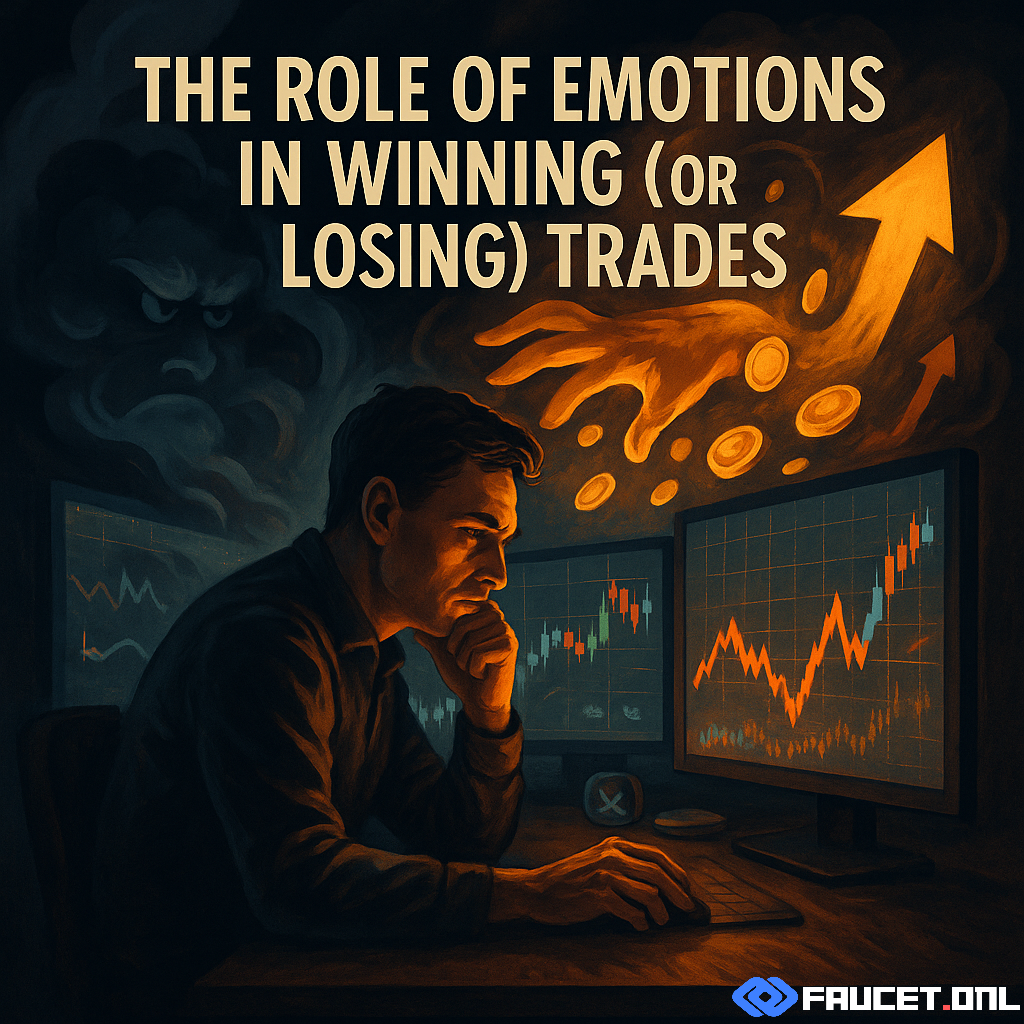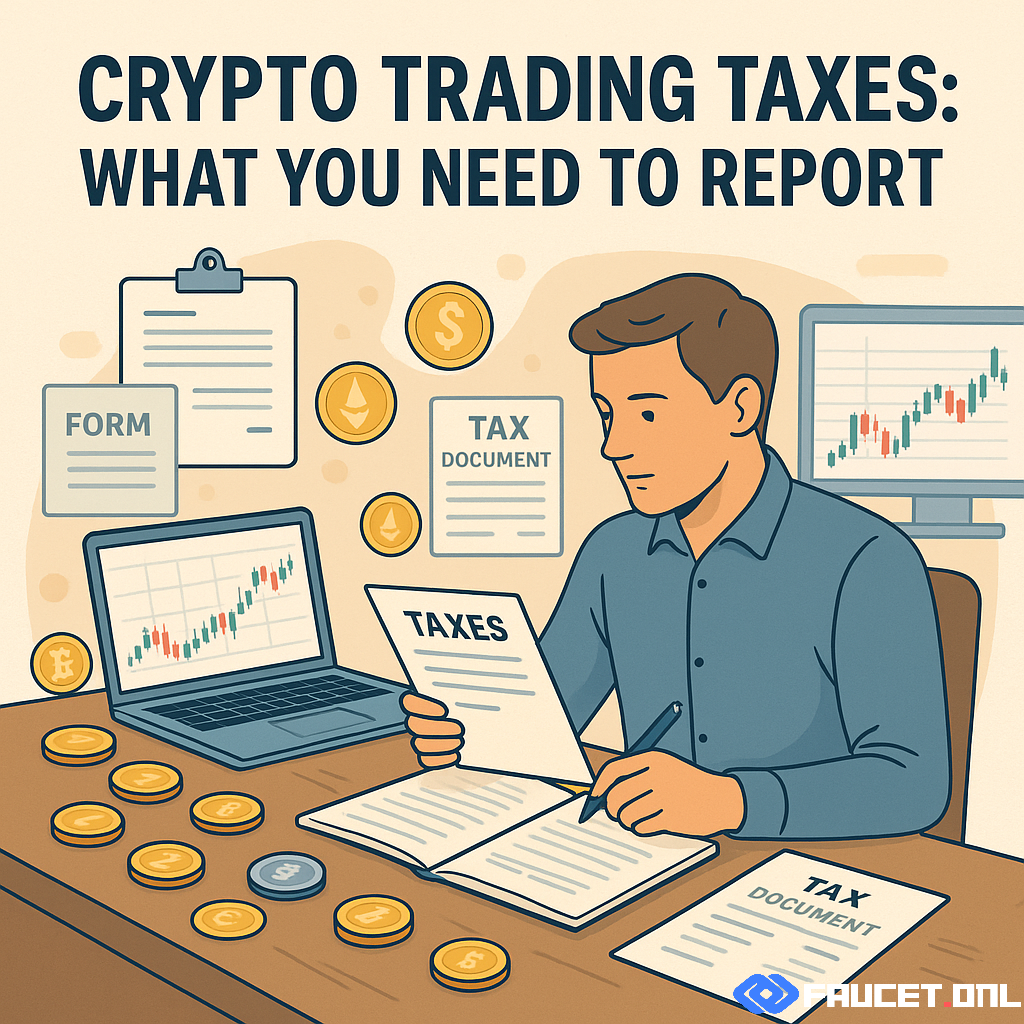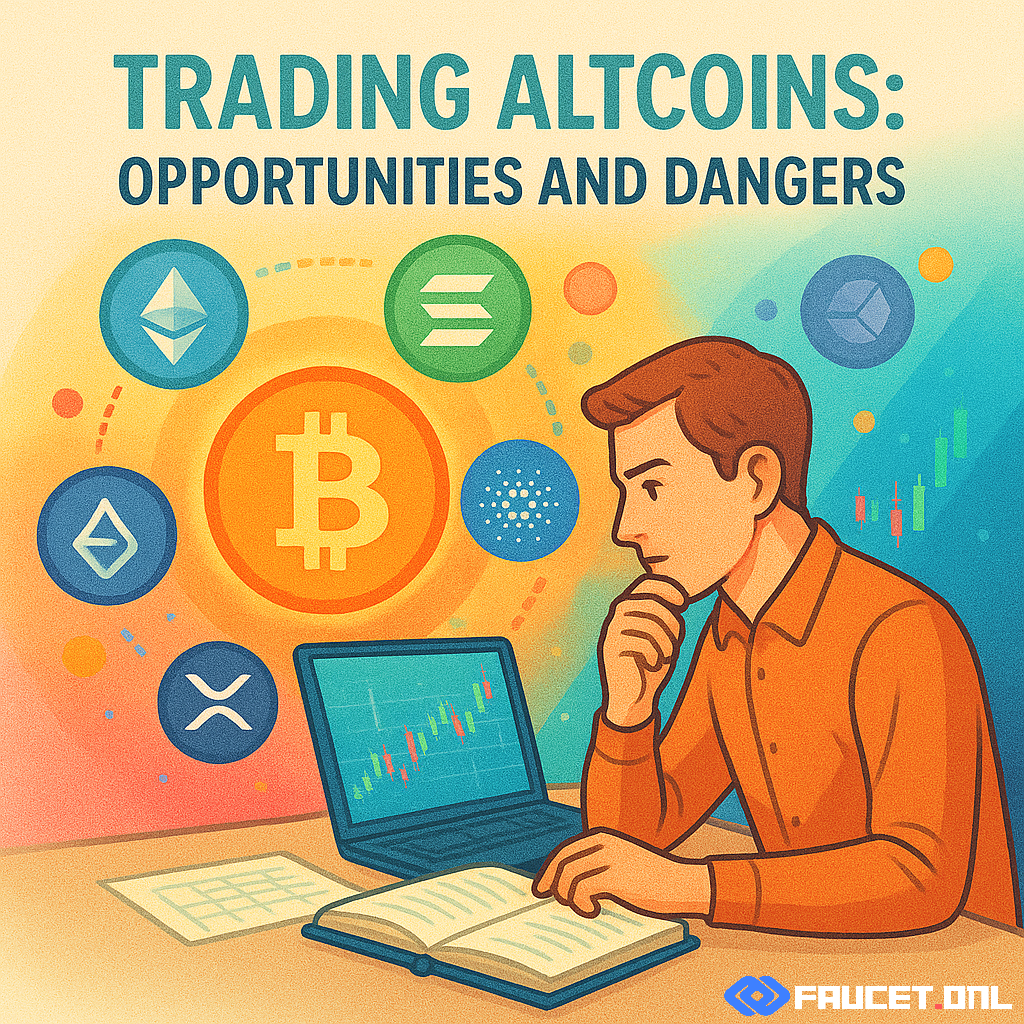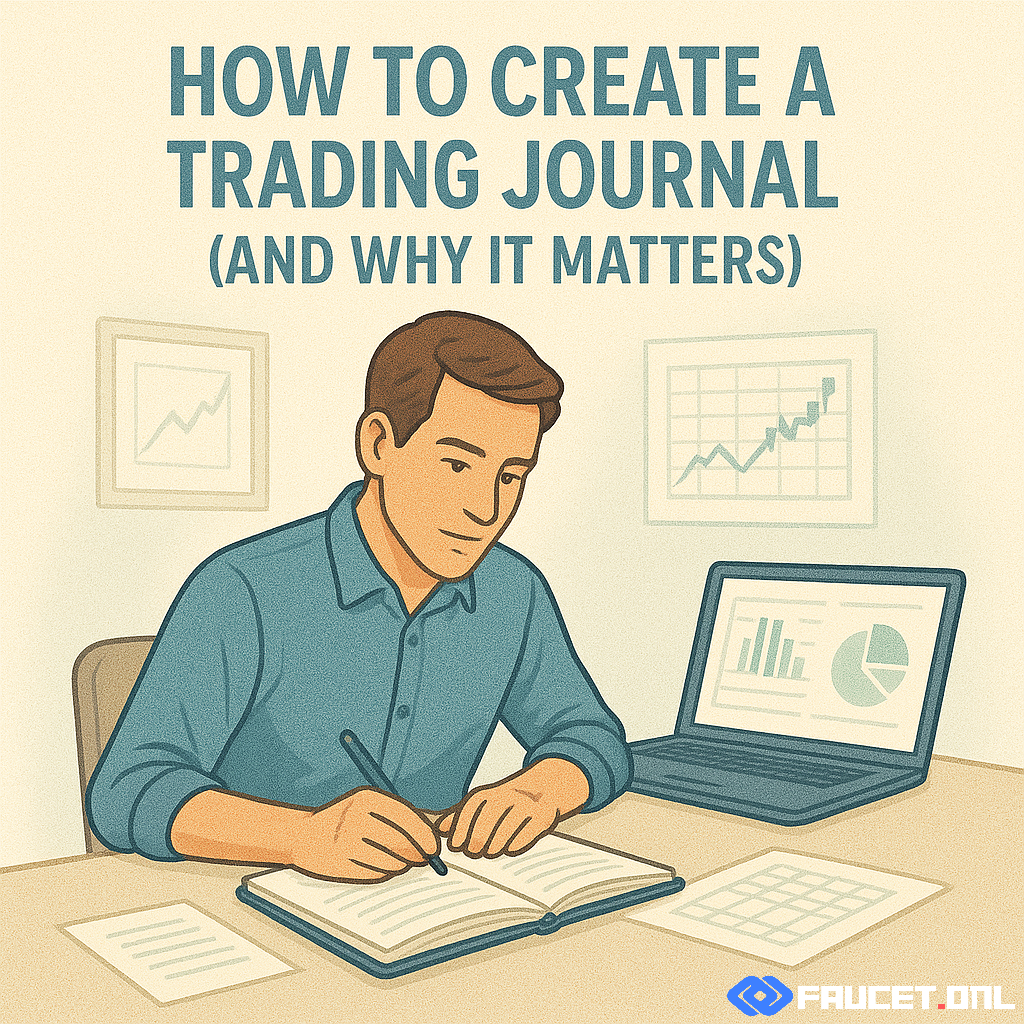Emotions in Trading: The Invisible Hand Behind Every Trade
Crypto markets move fast—so do traders' emotions. While numbers, charts, and analysis dominate trading discussions, it's the less visible psychological forces that often tip the scales. Every buy and sell decision is influenced by a cocktail of feelings: excitement, fear, greed, hope, and regret. For many, these emotions are even more volatile than the markets themselves.
Why do some traders thrive while others crash and burn, even when they use similar strategies? The answer often lies not in their methods, but in how well they manage their emotions. Emotional discipline separates the pros from the rest. To trade well is to understand yourself as deeply as you understand your charts.
Common Traps: Emotional Pitfalls That Cost Traders Money
There are a few classic emotional traps that catch traders of all levels. Recognizing them is the first step to avoiding costly mistakes.
- FOMO (Fear of Missing Out): Chasing pumps or entering late into a rally just because “everyone is getting rich” is one of the oldest emotional errors. FOMO clouds judgment and often leads to buying high and selling low.
- Panic Selling: The market dips, fear takes over, and traders sell at the worst possible time. This is often followed by regret when prices recover.
- Overconfidence: A few winning trades can create the illusion of invincibility, leading to reckless risks and ignoring proper strategy.
- Revenge Trading: After a loss, some traders rush to “win it back,” doubling down and usually digging a deeper hole.
- Paralysis by Analysis: Too much information can freeze decision-making, as fear of being wrong overtakes the urge to act.
Each of these traps can drain both your portfolio and your motivation to keep trading. Understanding the trigger points is essential to stay in the game for the long run.
Managing Emotions: Building a Resilient Trading Mindset
Managing your emotions is not about suppressing them, but recognizing and channeling them productively. Here are proven techniques for emotional control in trading:
- Pre-define Your Strategy: Set your entry, exit, and stop-loss levels before making a trade. Sticking to the plan reduces impulsive decisions.
- Journal Every Trade: Note not only the technical details but also how you felt before, during, and after the trade. Patterns will emerge that reveal your emotional weak spots.
- Use Position Sizing: Never risk more than you’re comfortable losing. This keeps emotions in check and avoids panic if trades go wrong.
- Take Breaks: After a streak of losses or wins, pause. Emotional highs and lows can skew perspective. Stepping away resets your mindset.
- Accept Uncertainty: Markets are unpredictable. Embracing this fact makes it easier to handle unexpected swings.
Mental fitness, like physical fitness, is built through repetition and self-awareness. Over time, you’ll notice emotional triggers faster and can respond rather than react.
Case Studies: Emotions at Work in Real Trades
Let’s see how emotions play out in real trading stories, offering lessons for all levels:
- Case 1 – The FOMO Buyer: In 2021, a trader sees Bitcoin pumping after weeks of sideways action. They rush in at $65,000, fearful of missing the next leg up. The market soon corrects, and the trader panic sells at $58,000, locking in a loss. Lesson? FOMO followed by panic is a classic lose-lose.
- Case 2 – The Revenge Trader: After losing $2,000 in a failed altcoin pump, another trader increases position size on the next play to “make it back.” They ignore risk management and lose even more. Lesson? Emotional trading without discipline leads to compounding losses.
- Case 3 – The Cool-Headed Strategist: A veteran sets strict entry and stop-loss rules. They stick to their plan, taking small losses and letting winners run. Despite occasional FOMO, they review their journal and adapt. Their steady, emotion-aware approach leads to consistent gains over time.
Whether it’s FOMO, revenge, or overconfidence, these stories show that controlling your emotions often matters more than having the perfect strategy.
Tips: Actionable Steps for Emotionally Intelligent Trading
- Set clear, written rules for entries, exits, and risk per trade.
- Limit screen time—watching every candle can increase anxiety.
- Join a trading community for support and accountability, but don’t blindly follow others’ trades.
- Use meditation or mindfulness apps to improve self-awareness and focus.
- Regularly review your performance, both wins and losses, without judgment.
- Remember: Not every day needs to be a trading day—sometimes the best trade is no trade.
Trading is a marathon, not a sprint. Emotional intelligence grows with experience and reflection.
Conclusion: The Trader’s Greatest Edge—Emotional Mastery
Technical analysis, trading bots, and fancy strategies all have their place, but emotional control is the foundation for long-term success in crypto trading. By recognizing the powerful role emotions play, learning to manage them, and building psychological resilience, traders can tilt the odds in their favor. The best traders aren’t just chart experts—they’re masters of their own minds.
Ready to level up? Start by keeping an emotional journal and commit to self-reflection. Your portfolio—and your peace of mind—will thank you.



